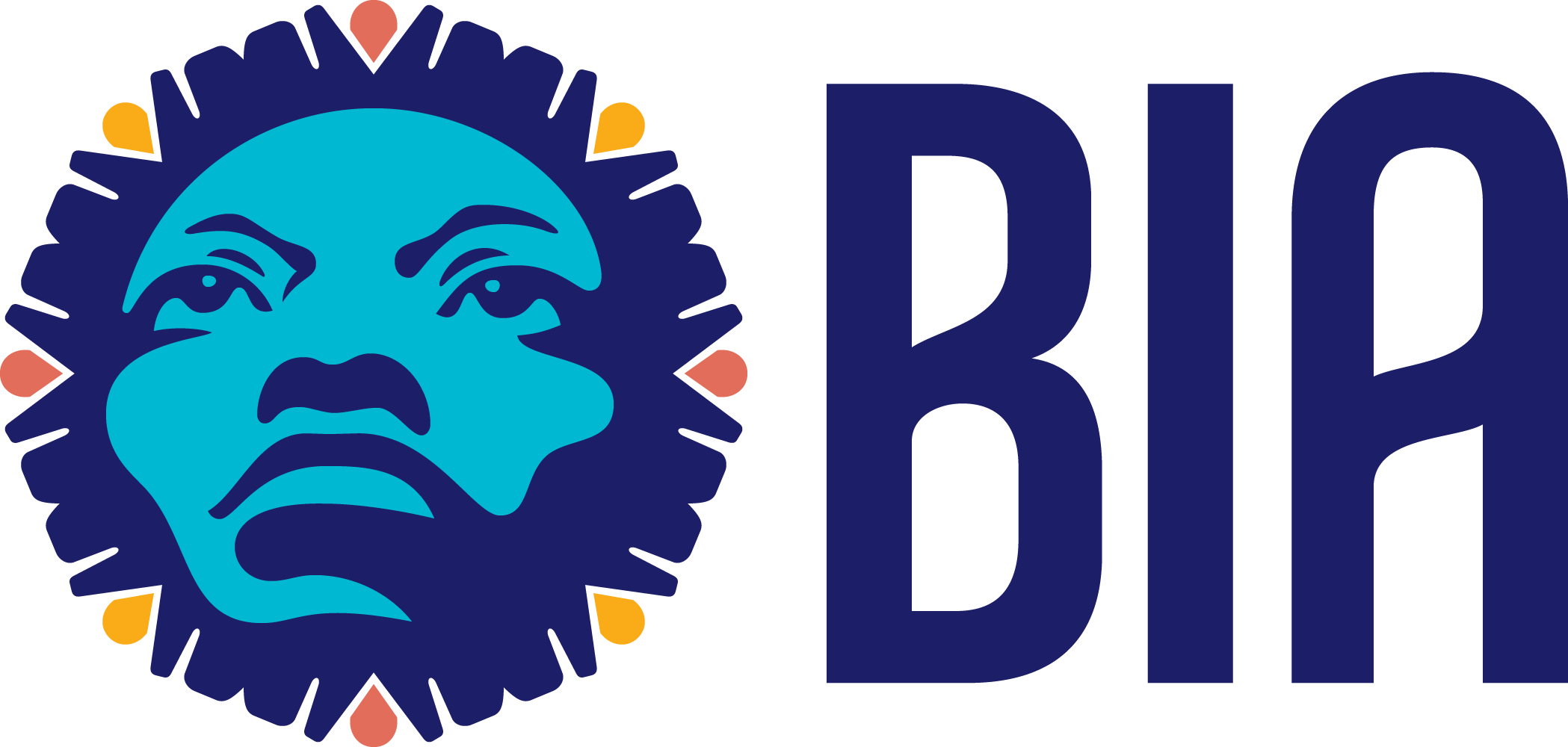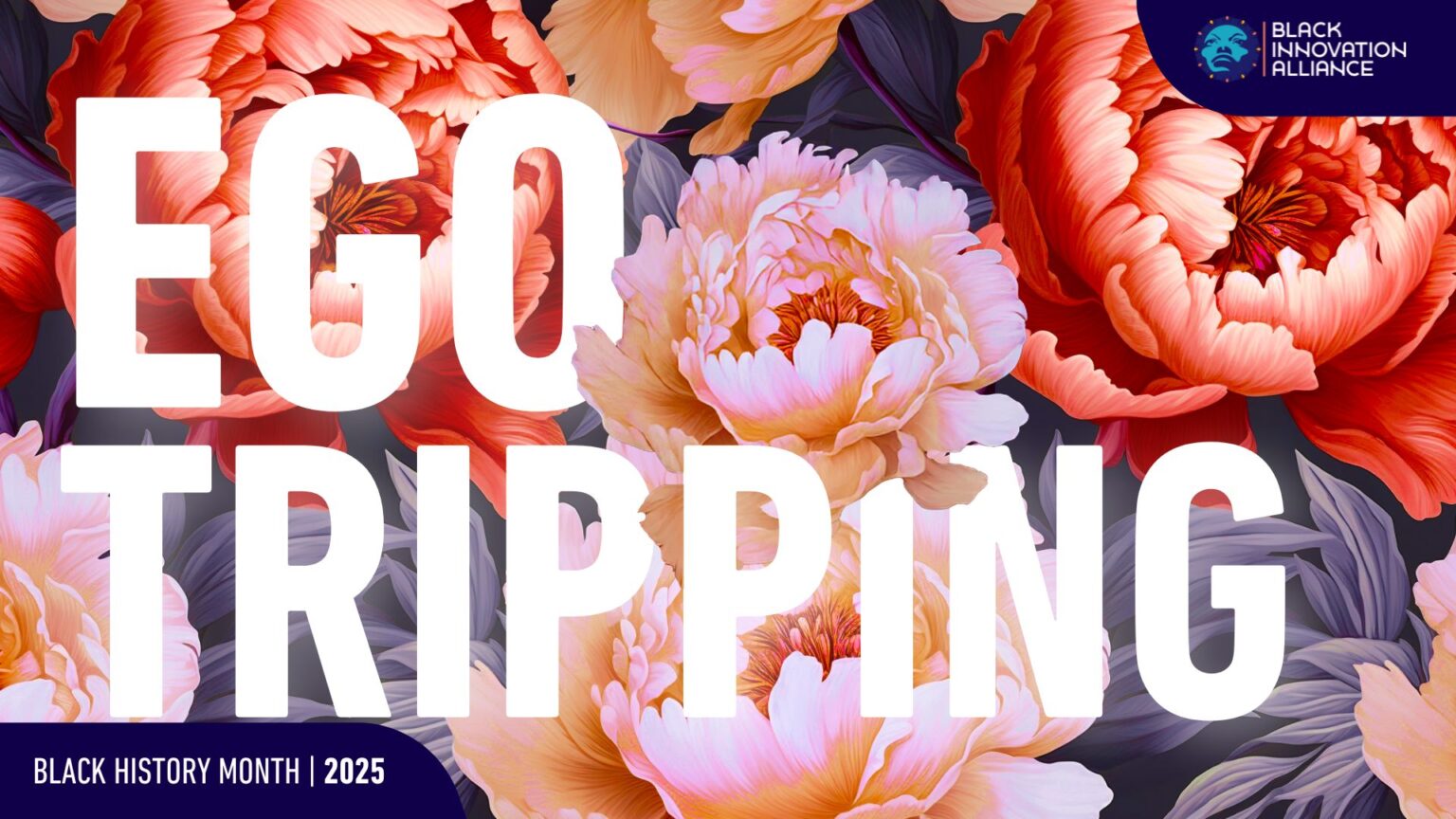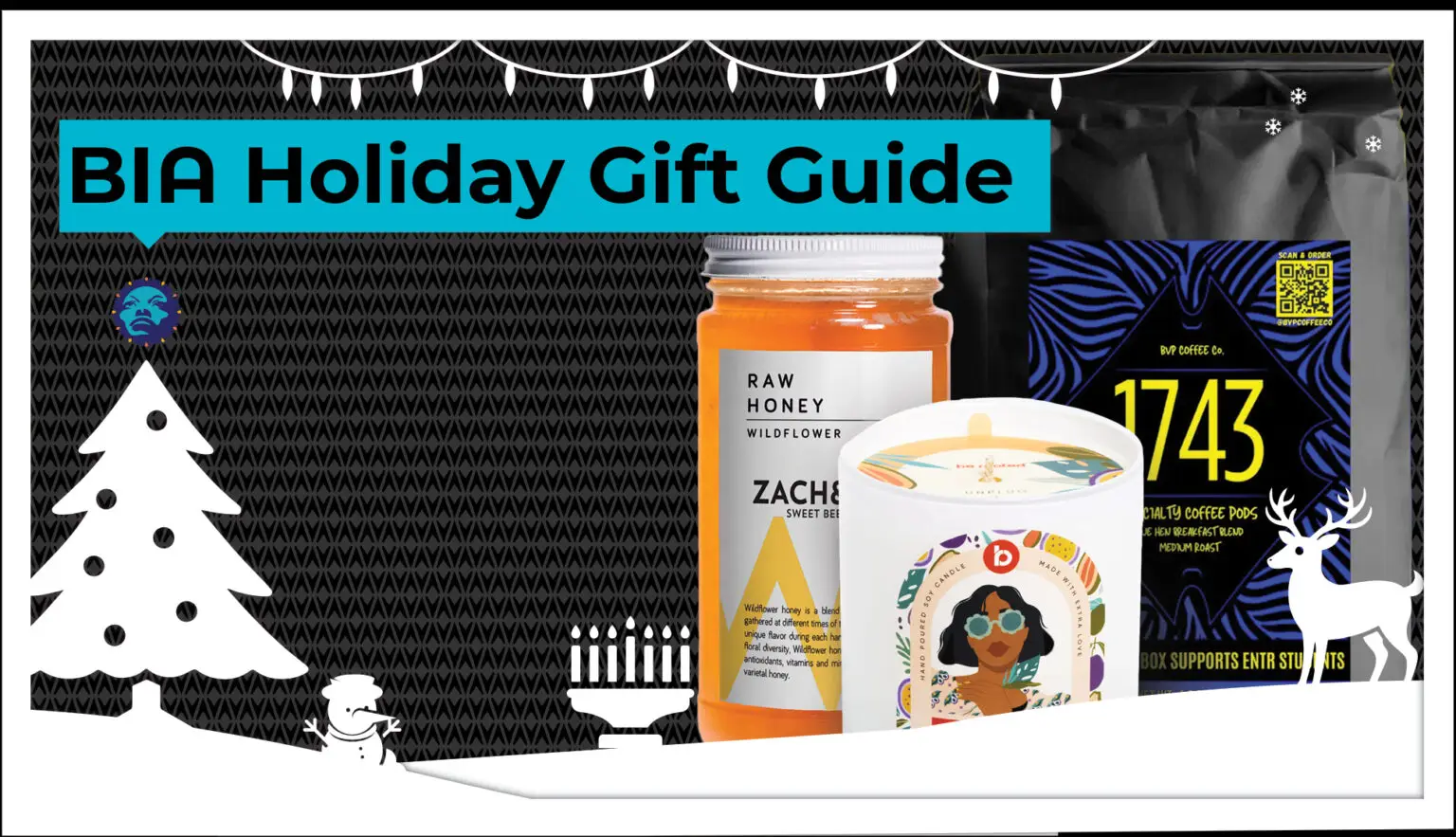Hallo! Team BIA is back from a quick, wild and wonderful jaunt to Amsterdam as an official media partner of the TNW Conference.
It was an insightful two days, filled with speaking opportunities, networking, exploring, and most of all – learning. And learn, we did.
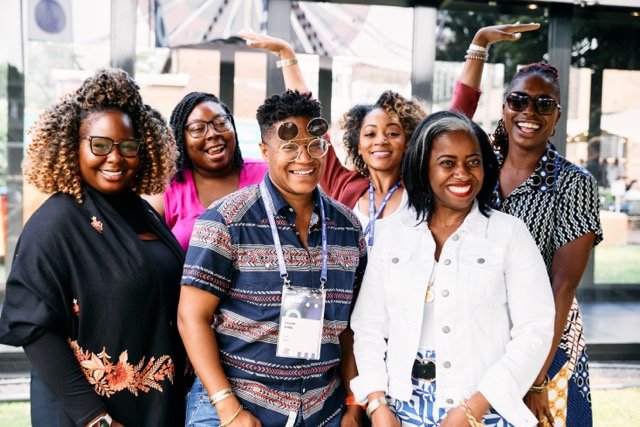
Capacity building on a global scale
In the words of our partnerships director Tammy Charles, showing up at events like TNW builds our capacity as a team – as we’re exposed to conversations and emerging trends from the broader business community that allow us to better support our ISOs.

On a personal note, TNW was a significant opportunity for me, as BIA’s director of marketing & comms, because I was invited to host the “Boost” track – a series of sessions dedicated to all things marketing, branding and business growth.
So in addition to taking the stage and educating the audience about BIA and the work we do, I also got some insights into how to be a better marketer and storyteller overall.
With that in mind, I’m sharing a few key takeaways I captured from conversations with marketers behind some of the world’s most interesting brands, including Oatly, Snap and The Olympics:
- Blockchain’s applicability for marketers goes way beyond crypto
The Royal Asscher Diamond Company (one of the OG diamond brands) is using blockchain technology to validate the origin and “legacy” of the diamonds that it sells.
Basically, it means they’re using blockchain to track the entire process – from mining, to polishing, to the end sale – and ensure that there are no blood diamonds in the mix.
Using blockchain also allows buyers and resellers to keep track of how the “conflict-free” diamonds are traded in the future.
Key takeaway: Using tech like blockchain to provide transparency into a business process that can seem opaque, unstructured or otherwise risky, can go a long way toward creating more trust with buyers, partners and users.
For example, an ISO leader could tap a blockchain-based platform to help keep track of how donations are being used, or even identify which startups in a cohort are eligible for funding (and why).
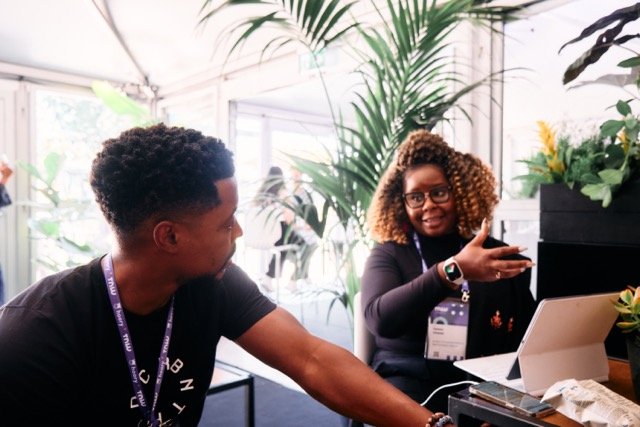
- The time to experiment with aspects of the metaverse is now
Different aspects of the metaverse – from Virtual reality (VR), to augmented reality (AR) and NFTs – came up in multiple discussions over the course of the day.
A product lead from Snap dropped a few big data points about AR, including this one: In the past year, 250 million people had used Snap’s AR lenses to virtually “try on” products around 5 billion times.
Meanwhile, the Royal Asscher using VR and AR apps to help provide a glimpse into a “day in the life” of one of their diamond polishers. (More transparency).
Key takeaway: You don’t have to invest in building an entirely virtual world to start bringing the metaverse into your business model. Experiment with AR – build a branded lens or filter in Snapchat or Instagram and let your community go wild (since they already know how to use AR with their phone)!
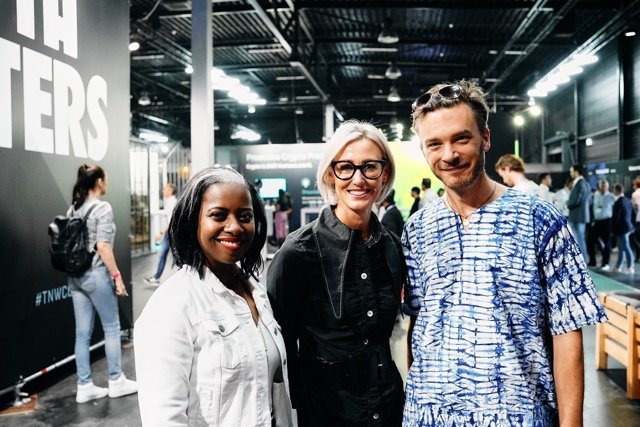
- Emotion never gets old
We know 2020 was the year everything got canceled – even The Olympics. So by 2021, when we were starting to get back into the world (and the allure of virtual participation and voyeurism waned) The Olympics had to get millions of people re-engaged and ready to watch.
The way they did it was by tugging on everyone’s heartstrings. From a subtle change to the tagline to make it more inclusive (from “Faster, Higher, Stronger” to “Faster, Higher, Stronger – Together”), to the videos showcasing that togetherness, to even more videos that allowed us to share and experience an athlete’s vulnerable side, the emotional campaigns drove massive tune in.
Key takeaway: In every case, the content struck a deep emotional cord. And while every piece of marketing collateral doesn’t need to make someone cry, it was a reminder to weave emotion into all the stories we tell. For our ISOs, it’s a reminder to clearly communicate how the work they do affects individual entrepreneurs (and their respective communities) in a heartfelt way.
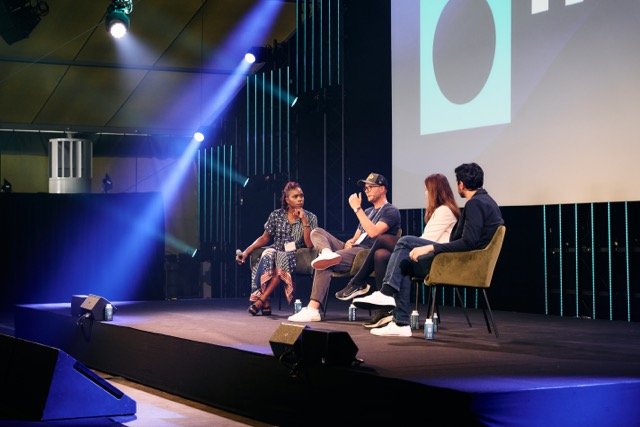
It’s OK to not be “perfect” when telling your organization’s story – but keep trying to be better
One of the final takeaways for me was that none of these brands were perfect. Despite having million (or billion) dollar budgets, each of these marketers faced challenges and potential branding pitfalls.
For example, Royal Asscher acknowledged the dark history of the diamond industry, while representatives from companies like Tommy Hilfiger and Fairphone talked about how difficult it was to embody the sustainability goals that the younger generation was pushing them for – while still operating profitable businesses.
But none of them stopped – if they made a mistake, they figured out what was wrong, what needed to happen next, and then continued to tell the story of their organization on a global scale. That’s a big lesson for me, as I’m extremely conscious of how I help represent BIA and the work we do.
So if you have any thoughts, ideas or feedback about how we’re communicating about BIA’s goals, objectives and progress, I’d love to hear it. Feel free to send me a note at [at] BlackInnovationAlliance [dot] com.
